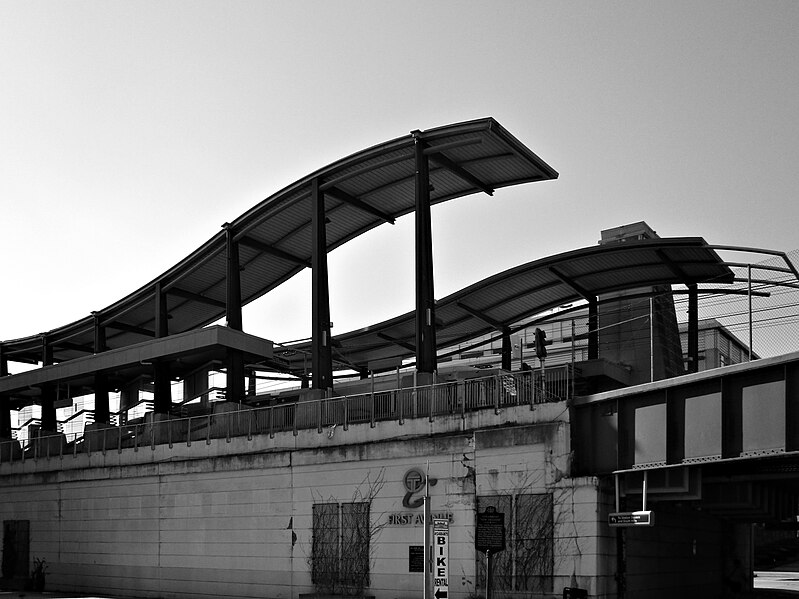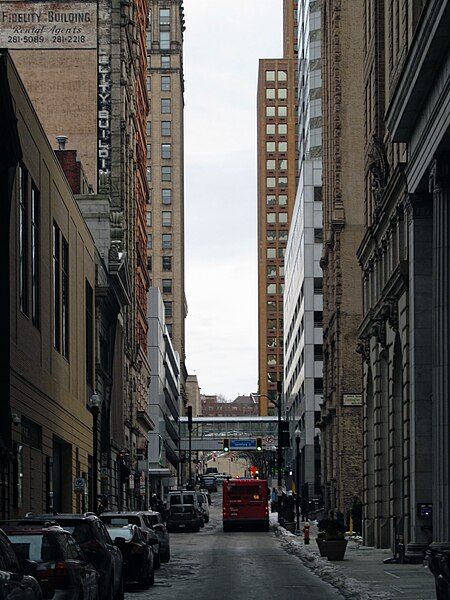
This small skyscraper was not originally built as a skyscraper. The first part of it was put up in 1907; in 1917 five more storeys were added (very skillfully, we might add), bringing the building just about high enough to qualify as a small skyscraper in old Pa Pitt’s admittedly fluid definition of the term. The architects both times were MacClure & Spahr, who also gave us the Union National Bank Building and the Diamond Building, among others. Since 1952, this building has belonged to the city, which calls it the John P. Robin Civic Building.











